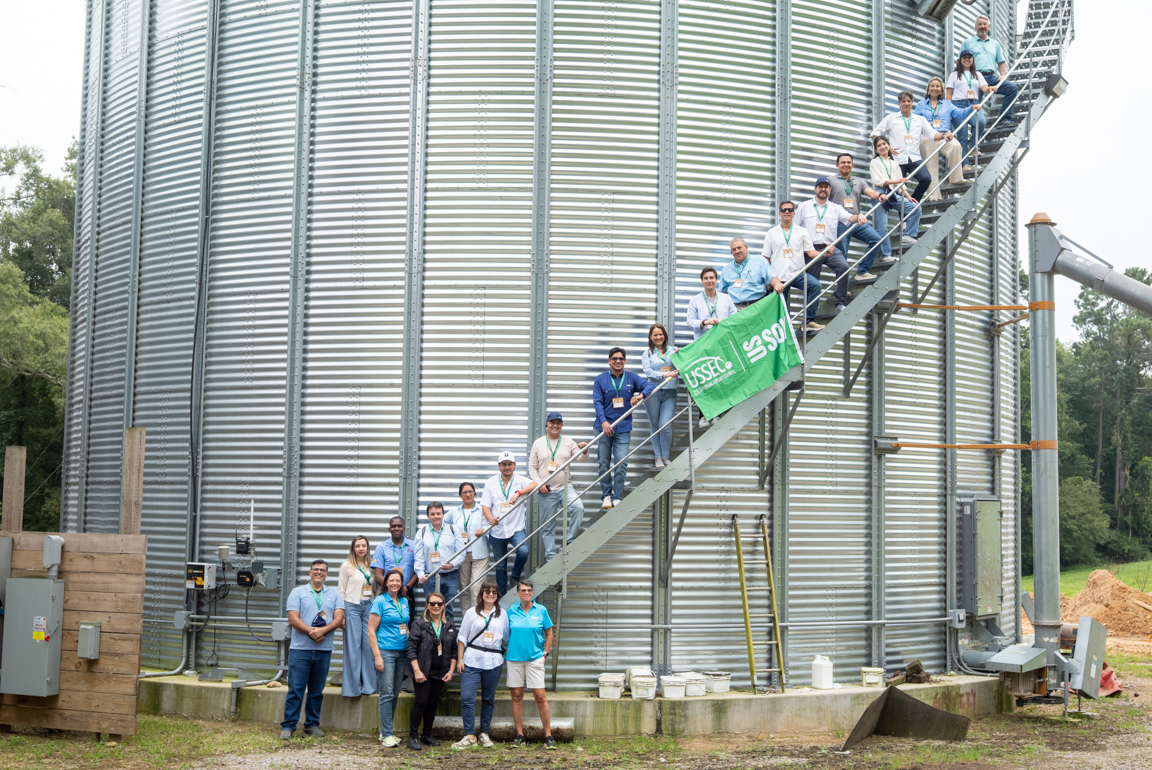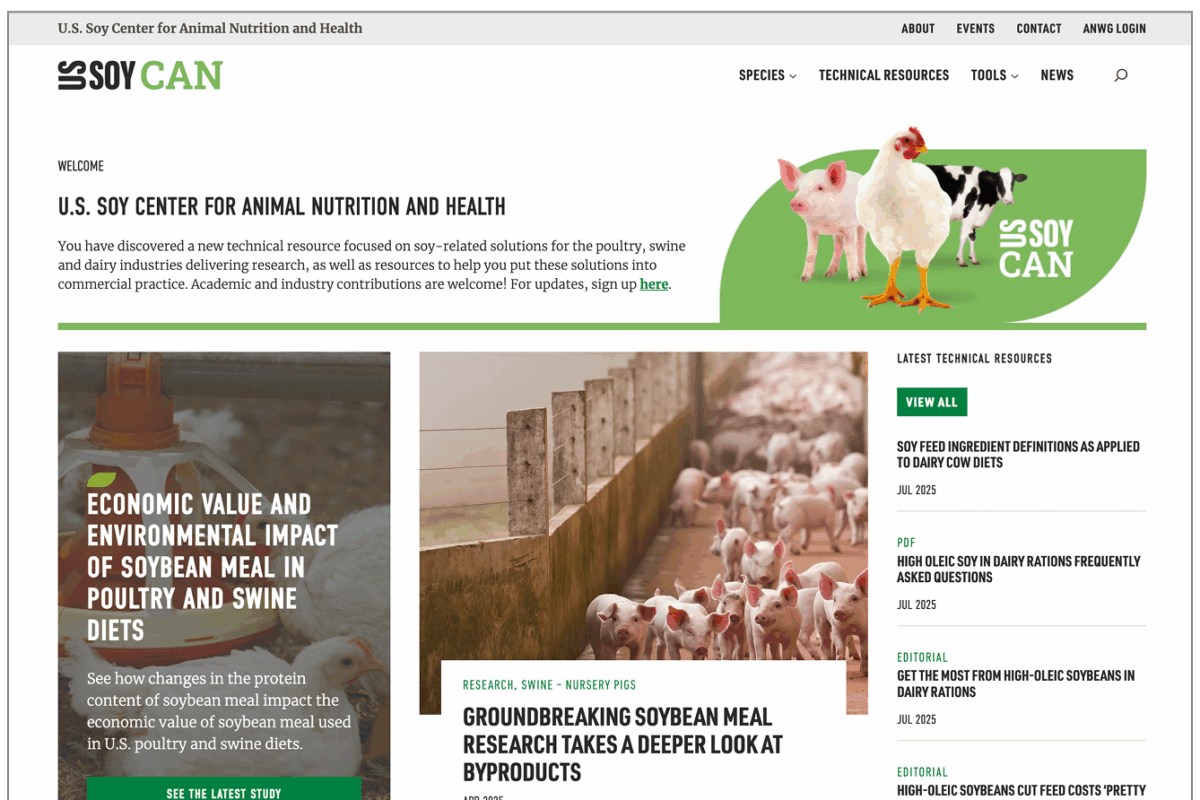Market Demand Points to Growth of High Oleic Soybeans

High oleic soybean oil is experiencing growing demand from the food industry and other end users. In this Q&A, Indiana farmer and United Soybean Board member Kevin Wilson discusses his experience growing high oleic soybeans on his farm, how premiums benefit his bottom line and the fact that there is little difference between planting high oleic varieties and planting commodity soybeans.
Q: What opportunities do high oleic soybeans offer farmers?
A: For me, it’s an opportunity to open some doors that we don’t have right now. Hopefully, we are going to increase demand for our products and gain back some of the market share that we lost. I think with this product, we will do that. We are going to discover more and more uses for the high oleic soybeans as well. Farmers are always looking for added ways to increase our bottom line, and I think with high oleic, the future looks really bright.
Q: How long have you been growing high oleic soybeans?
A: We have grown them for the past three years and plan on doing so again this year. Anytime we can go into a program where we are not going to sacrifice yield or plant health, and be able to add another $30 to $50 an acre (through a premium) when budgets are pretty tight, that might be the bottom-line difference between earning a profit or not making anything at all. So to me, it is a very important piece that we can add to our toolbox to hopefully come out a little bit better.
Q: Do you plan to expand your acreage?
A: We started with a smaller amount of acres, and each year we have added about 100 to 200 acres. Currently, our plan is to have high oleic on at least 50 percent of our planted acres next year.
Q: Are high oleic varieties more challenging to grow than commodity soybeans?
A: Basically, everything is the same. I don’t do anything differently in the growing process for high oleic soybeans than I do for our commodity soybeans. The chemicals we use, the fertilization, the tractors, and the equipment – everything stays the same. So there are really hardly any adjustments that you need to make.
Q: How many varieties are currently available?
A: Initially, we only had a couple of high oleic varieties, but now more varieties are available. Here in Indiana, we have varieties from maturity groups 2.9 to about 3.4, and in other areas, they go from 2.0 all the way to about 4.2. That means we have more options, which I think will appeal more and more to farmers as we move forward.
Q: What do you expect regarding future expansion of high oleic soybean acres?
A: We all experienced some bumps going down the road. Our hope on the United Soybean Board is that by the year 2026, we’ll be planting 16 million acres of high oleic, and we will have many places to market those soybeans.
Q: Finally, what is your message to encourage other farmers to adopt these added-value soybeans?
A: I think this is an opportunity for farmers to take a look at what they can do to help the soybean industry grow. There are so many positives that we can gain with high oleic, so I encourage all farmers to see how the high oleic program might work into their operations. If farmers can just get started, in time I think they are going to be happy with what they are seeing.



